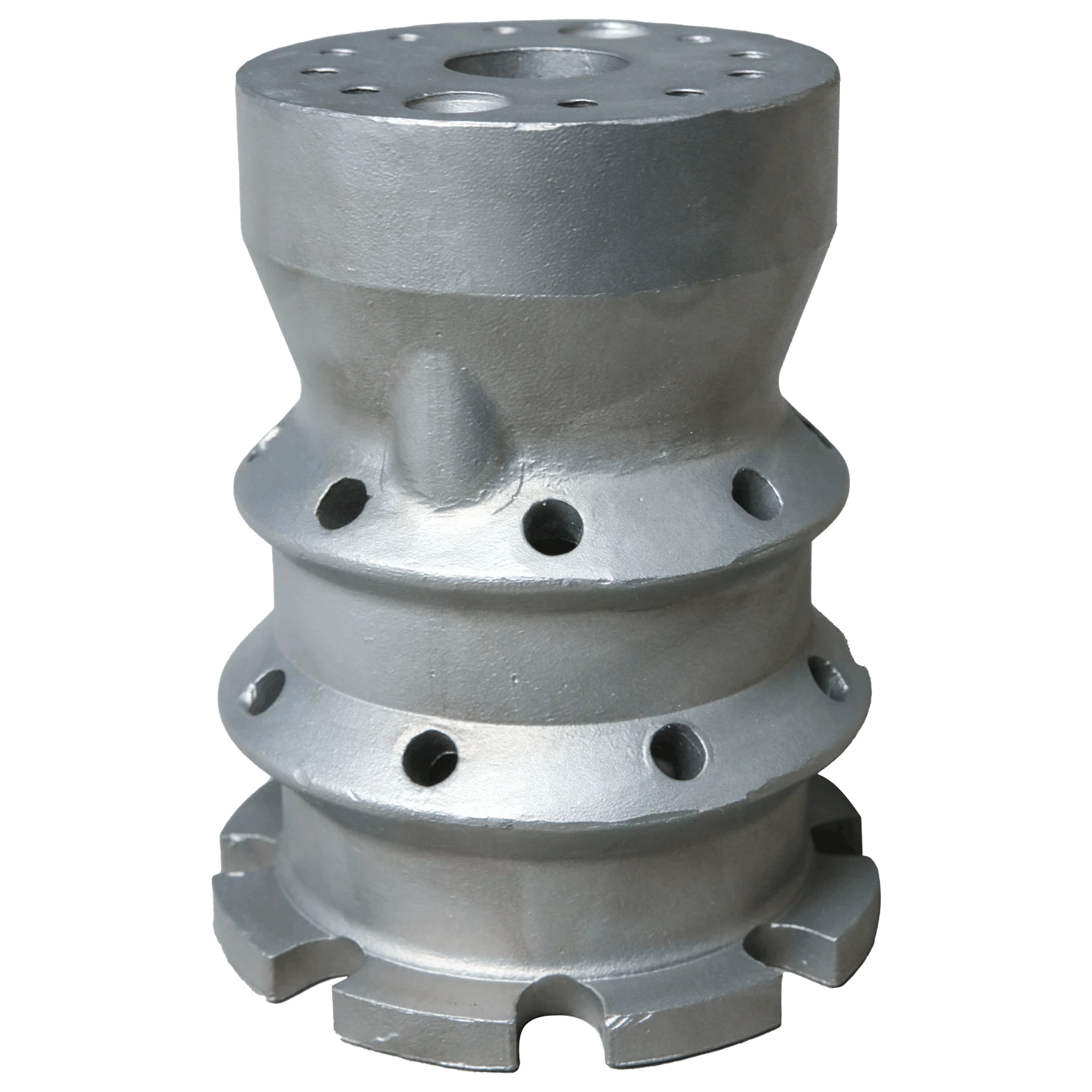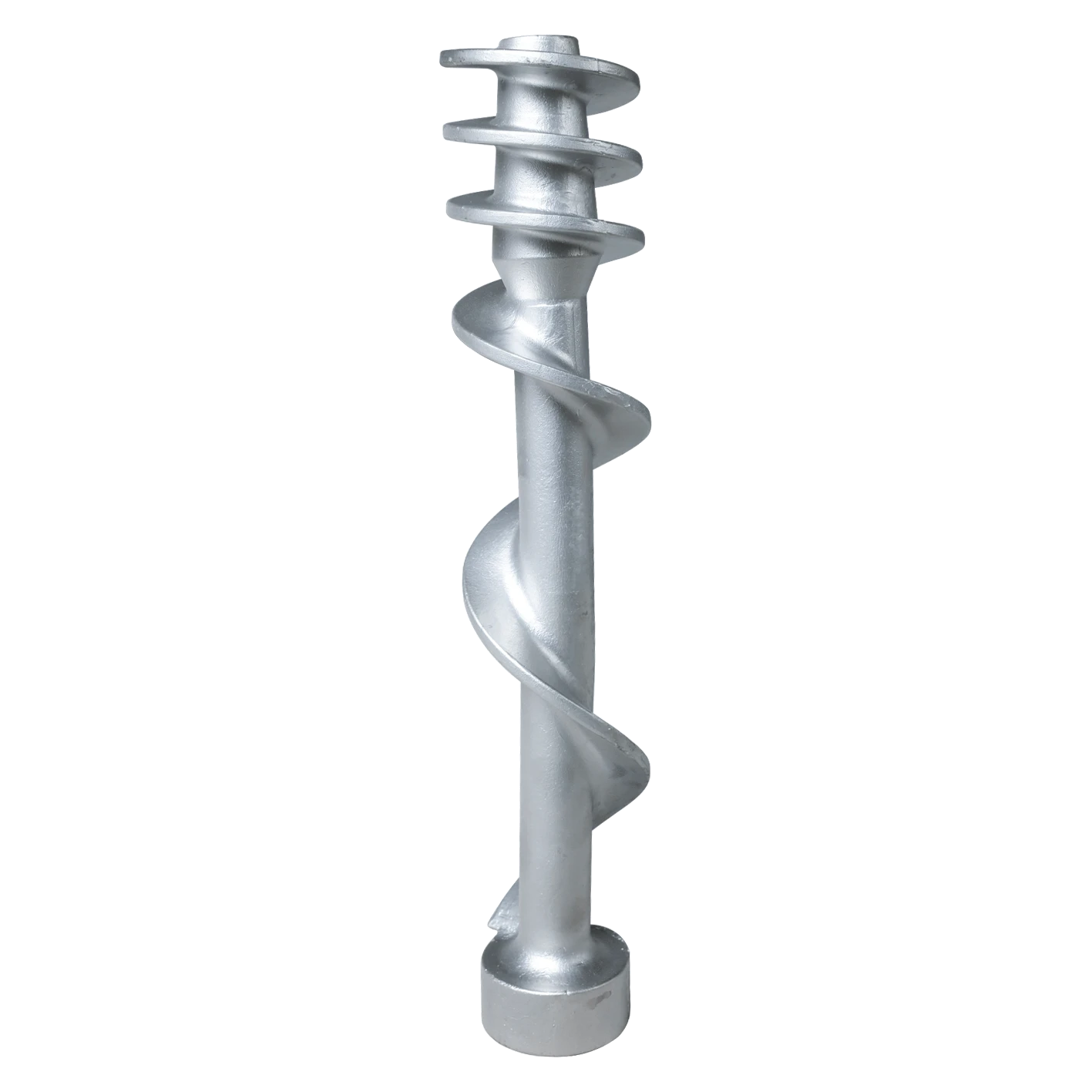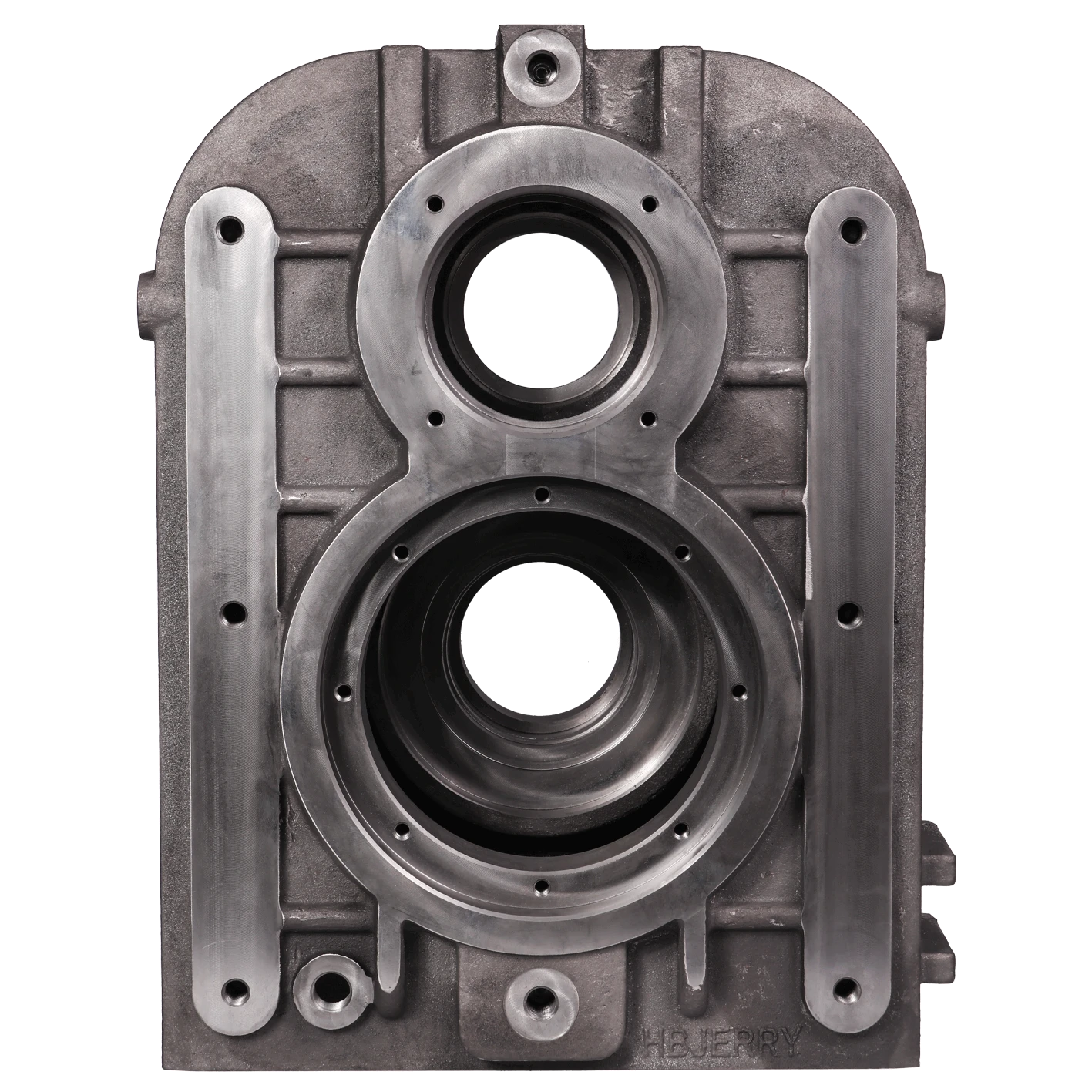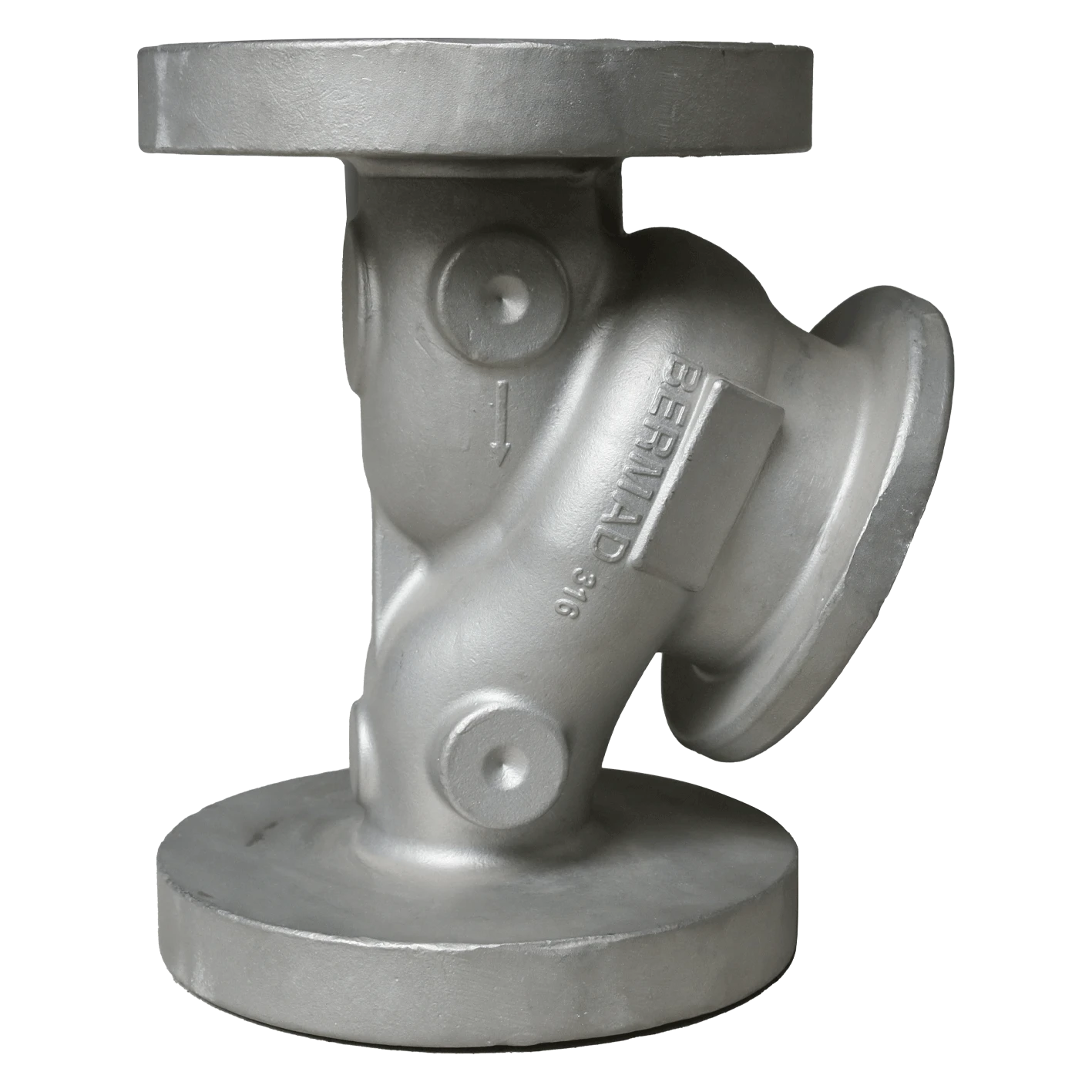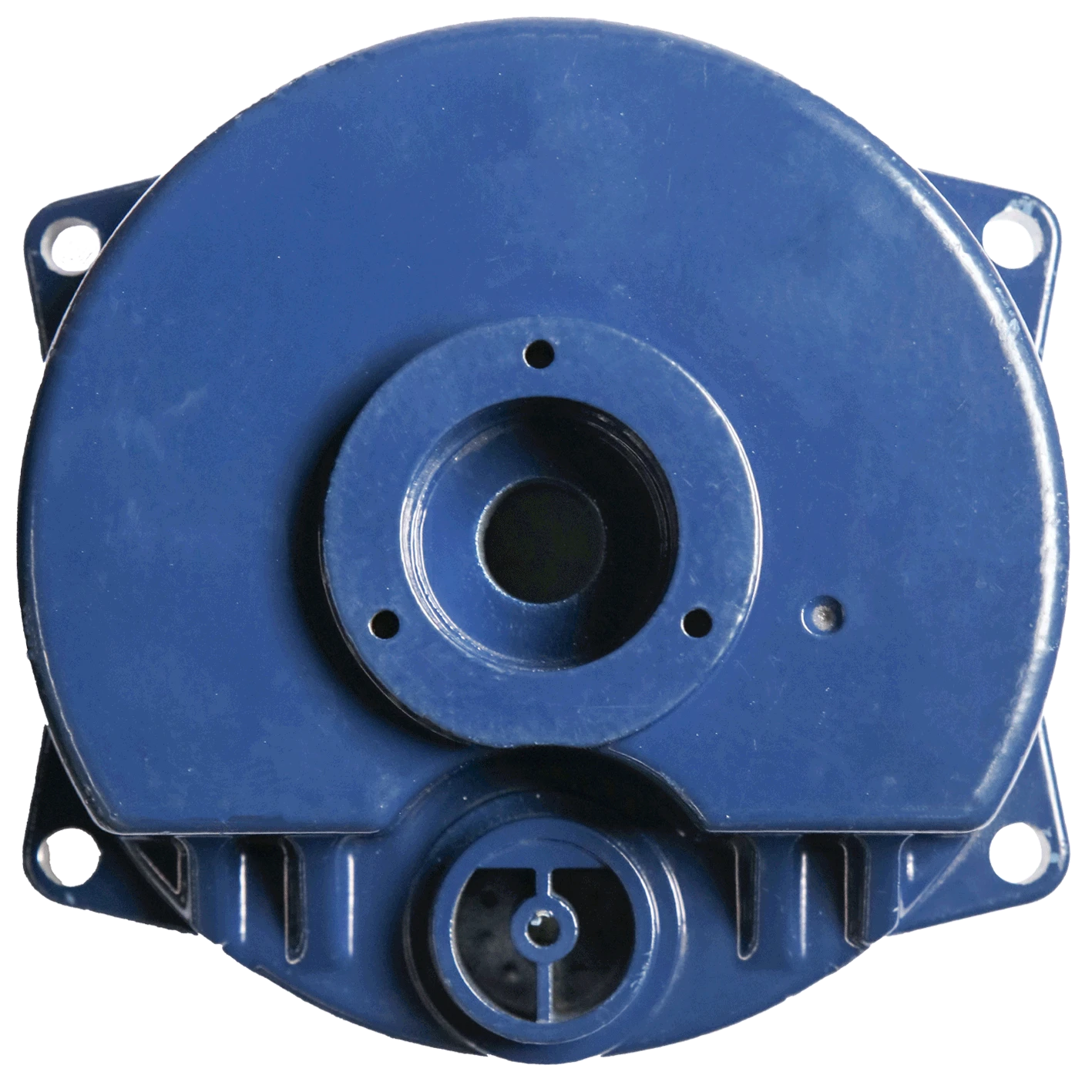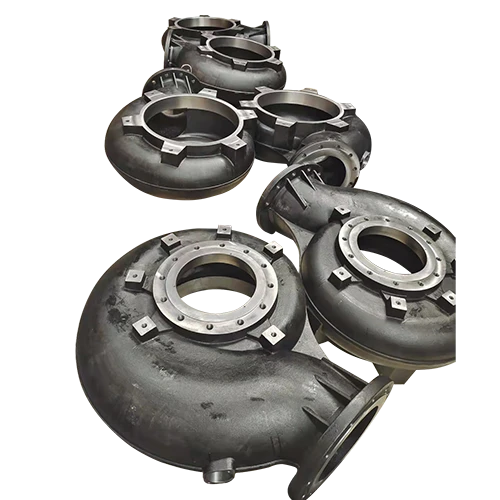Mobile:+86-311-808-126-83
Email:info@ydcastings.com
English
Low Temperature Metal Casting Techniques for Enhanced Precision and Efficiency
Low Temperature Metal Casting An Innovative Approach to Modern Manufacturing
Metal casting is a process that involves pouring liquid metal into a mold to create a desired shape. Traditionally, this process requires high temperatures to melt metals, making it energy-intensive and requiring significant resources. However, the rise of low temperature metal casting is revolutionizing the industry by providing a more efficient and environmentally friendly alternative. This article will explore the benefits, applications, and advancements in low temperature metal casting.
Benefits of Low Temperature Metal Casting
Low temperature metal casting refers to the process of casting metals that have a low melting point, typically below 300°C. Common low melting point metals include lead, tin, bismuth, and certain alloys. One of the most significant advantages of this approach is the reduction in energy consumption. Since the melting temperatures are lower, less energy is required, which can lead to considerable cost savings for manufacturers.
Moreover, low temperature metal casting minimizes the risks associated with high-temperature processes. Traditional metal casting often involves hazardous materials and poses safety risks. In contrast, low temperature processes reduce the potential for burns and other injuries, creating a safer working environment. This is especially crucial in small-scale operations or educational settings where safety must be prioritized.
Another advantage is the versatility of low melting point metals. These materials can be easily manipulated, allowing for intricate designs and complex geometries. This flexibility is particularly beneficial for creating prototypes, custom parts, and small batches of products without the need for extensive tooling.
Applications of Low Temperature Metal Casting
Low temperature metal casting finds applications in various fields. One of the most prominent areas is in prototyping. Designers and engineers often need to create functional prototypes to test their concepts before full-scale production. Low melting point metals enable rapid prototyping, allowing for quick iterations and adjustments without the heavy investment typically associated with traditional casting methods.
low temp metal casting

Another significant application is in the field of art and jewelry design. Artists and jewelers often require precise and delicate forms that can be achieved through low temperature casting techniques. The ability to create detailed designs without compromising material integrity makes these methods particularly appealing in creative industries.
The automotive and aerospace industries also benefit from low temperature metal casting. Specific components that require precision and lighter weights can be manufactured using low melting point alloys, which enhances performance and efficiency. Additionally, these materials can be used for soldering and bonding components, fostering advancements in the assembly of complex mechanical systems.
Advancements in Low Temperature Metal Casting Technology
Recent advancements in technology have further propelled the capabilities of low temperature metal casting. The development of sophisticated 3D printing techniques has allowed for more complex and intricate mold designs. This integration of 3D printing with low temperature casting enables manufacturers to produce unique shapes and forms that were previously challenging to achieve.
Furthermore, the introduction of eco-friendly materials and alloys has gained traction within the realm of low temperature metal casting. As industries strive towards sustainability, using non-toxic and recyclable metals helps reduce the carbon footprint of the casting process. This trend not only supports environmental responsibility but also appeals to consumers who increasingly prioritize sustainable practices.
Conclusion
Low temperature metal casting presents an innovative approach that challenges traditional manufacturing methods. With its numerous benefits, including energy efficiency, safety, and versatility, it is poised to reshape various industries. Its applications in prototyping, art, and advanced manufacturing underscore its significance in modern production. As technology continues to advance and eco-friendly practices gain importance, low temperature metal casting will likely play an increasingly vital role in the future of metalworking.
-
Premium Fan Housing & Motor Casing for Optimal AirflowNewsAug.31,2025
-
High-Performance Automobile Water Pump & Electric SolutionsNewsAug.30,2025
-
Expert Stainless Steel Casting | Precision & Durable Metal PartsNewsAug.29,2025
-
Precision Metal Castings: Aluminum, Stainless Steel & Die CastingNewsAug.28,2025
-
Superior Aluminum Castings in Automotive Engine PartsNewsAug.22,2025
-
Common Materials Used in Fan Housing ManufacturingNewsAug.22,2025

